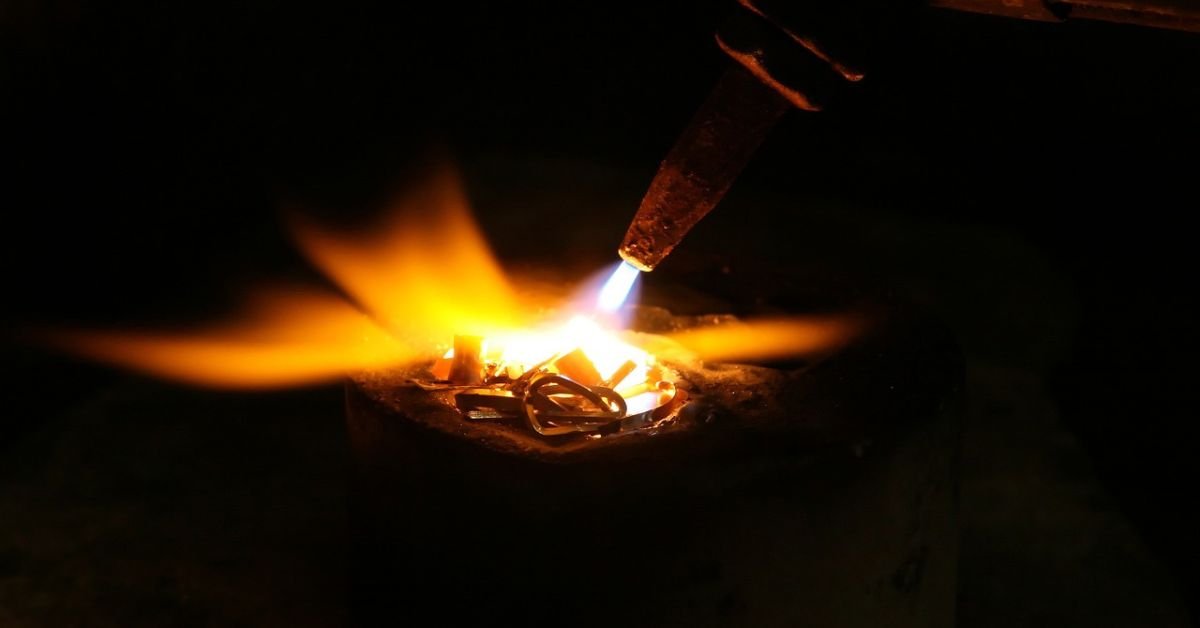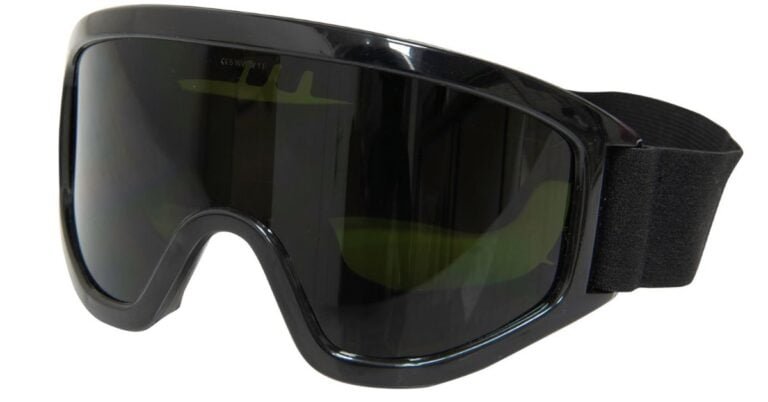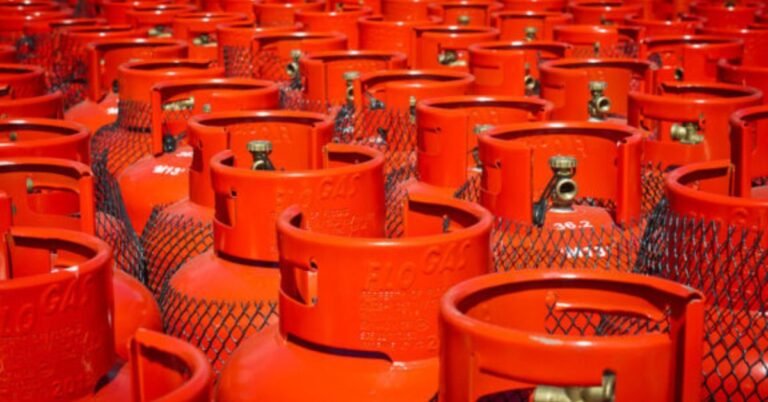Welding Burns: Understanding the Risks and Preventive Measures
Welding is a skill that demands precision, concentration, and attention to safety. While welders take various precautions to protect themselves, the risk of welding burns remains a concern. In this blog post, we will delve into the potential dangers of welding burns, exploring the causes, severity, and essential preventive measures that every welder should be aware of.
Understanding Welding Burns:
Welding burns are injuries caused by the intense heat generated during welding processes. These burns can occur due to direct contact with hot metal, sparks, or even the radiant heat produced during welding. Welding burns can be classified into three categories:
- First-Degree Burns: These are superficial burns that affect the outermost layer of the skin, causing redness and mild discomfort.
- Second-Degree Burns: These burns penetrate deeper into the skin, causing blisters, severe pain, and potential scarring.
- Third-Degree Burns: The most severe type of burn, third-degree burns affect all layers of the skin and can even damage underlying tissues, nerves, and blood vessels.
Preventive Measures:
- Protective Clothing: Wear flame-resistant clothing, including long sleeves, pants, and a welding jacket, to shield your skin from potential sparks and radiant heat.
- Welding Gloves: High-quality welding gloves are essential to protect your hands from burns caused by contact with hot metal or sparks.
- Welding Helmet and Face Shield: Use a proper welding helmet with a darkened lens to shield your eyes and face from the intense light and heat generated during welding.
- Welding Curtains: Set up welding curtains or screens around your work area to contain sparks and prevent them from coming into contact with your skin.
- Proper Technique: Adhering to correct welding techniques helps minimize the risk of sparks and splatter reaching your skin.
- Maintain a Safe Distance: Position yourself at a safe distance from the welding arc to prevent radiant heat from causing burns.
- Use Heat-Resistant Mats: Place heat-resistant mats or blankets on nearby surfaces to prevent accidental contact with hot metal or sparks.
- Post-Weld Cleanup: Clear your work area of debris, hot metal, and slag after welding to avoid potential burns from stepping on these hazards.
Immediate Action in Case of a Burn:
If you or someone else sustains a welding burn, take the following steps:
- First-Degree Burns: Immerse the burn in cold water for about 10 minutes to alleviate pain and prevent swelling.
- Second-Degree Burns: Seek medical attention. Avoid breaking any blisters, as this can increase the risk of infection.
- Third-Degree Burns: These burns require immediate medical attention. Do not attempt to treat them on your own.
Conclusion:
Welding burns are a real risk that every welder should take seriously. While they can vary in severity, even minor burns can be painful and disruptive. By adopting preventive measures and following proper safety protocols, welders can significantly reduce the risk of burns and other injuries. Always prioritize safety, wear the appropriate protective gear, and remain vigilant in your welding practices. A cautious approach ensures that welding burns remain a manageable concern and that you can continue to master your craft without compromising your well-being.







